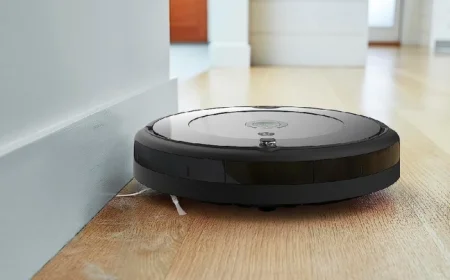Analog Computers to Supercharge AI Training and Slash Energy Use by 1000x

Recent advancements in analogue computing technology have the potential to revolutionize artificial intelligence (AI) training efficiency and energy consumption. These innovations may significantly reduce energy demands in data centers driven by the AI boom.
Understanding Analogue Computers
Analogue computers differ from their digital counterparts. Digital computers represent data as binary digits, 0s and 1s, allowing them to solve various problems. In contrast, analogue computers are usually designed for specific tasks. They process data using continuously varying quantities, such as electrical resistance.
Speed and Energy Efficiency
Analogue computers can outperform digital solutions in speed and energy efficiency. A team led by Zhong Sun from Peking University has developed two analogue chips designed to accurately solve matrix equations. These equations are critical for data transmission in telecommunications, scientific modeling, and AI training.
- The first chip quickly provides low-precision matrix solutions.
- The second chip applies an iterative refinement algorithm to minimize the first chip’s error rate.
Initially, the first chip shows an error rate of around 1 percent. After three iterations with the second chip, this error drops to just 0.0000001 percent, achieving precision comparable to standard digital calculations.
Current Capabilities and Future Potential
The researchers have successfully created chips capable of solving 16 by 16 matrices, which consist of 256 variables. However, Sun acknowledges that tackling modern AI models will require circuits much larger in scale, possibly reaching one million by one million sizes.
A notable advantage of analogue chips is their ability to process larger matrices without a proportional increase in time, unlike digital chips, which can struggle exponentially as complexity grows. For instance, a 32 by 32 matrix chip could outperform a high-end Nvidia H100 GPU used in AI training.
Theoretical Scaling and Challenges
Sun theorizes that with further development, analogue computing could achieve throughput rates up to 1000 times greater than digital chips while consuming 100 times less energy. However, he cautions that practical applications may differ from these ideal scenarios. The chip’s specific focus on matrix computations means its benefits may be limited if the computing tasks involve broader requirements.
The future likely includes hybrid systems that combine GPUs with analogue circuits. This integration could enhance efficiency in specific computing tasks, although widespread implementation is several years away.
Insights from Experts
According to James Millen from King’s College London, matrix calculations are vital in AI training. He notes that while digital computers are versatile, analogue computing could significantly improve performance in tailored tasks.
“Analogue computers can be incredibly fast and efficient for specific computations, such as matrix inversion, which is critical for certain AI models,” Millen states. “Enhancing this process could help mitigate the significant energy usage associated with AI’s growing needs.”
As researchers continue to explore analogue computing’s potential, the integration of these technologies could reshape the landscape of AI training and data processing. The move towards more energy-efficient computing solutions is essential for future advancements in technology.




























